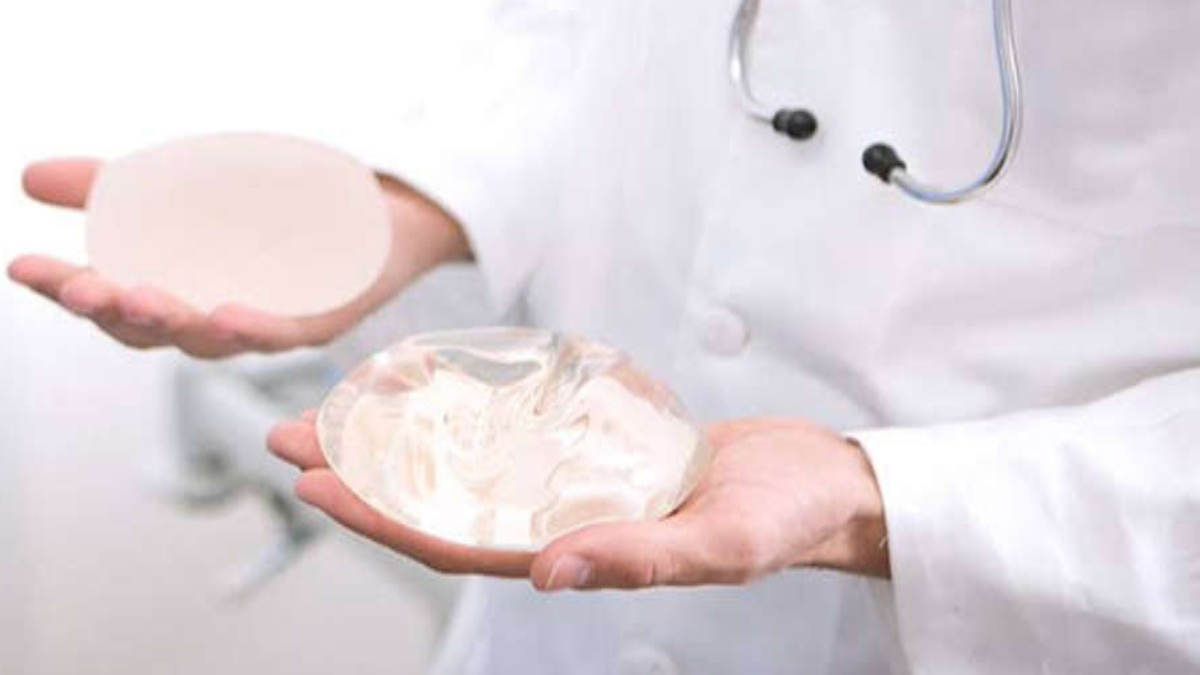


Breast Implants are medical devices that are inserted in the breast tissue surgically to increase the size of the breasts. There are three types of implants: Saline implants have a strong silicone elastomer shell, and are filled with a sterile saline solution at the time of surgery; Silicone implants are the most common and preferred implants, they are filled with a viscous silicone gel; and Alternative-composition implants are filled with miscellaneous fillers, such as soy oil, polypropylene string, etc, but are no longer manufactured.
For many years, this procedure remains one of the safest cosmetic procedures. Breast implants not only bring a natural feel but there is also a paradigm shift in the way women start seeing themselves. Women generally opt for breast implants to achieve what they feel is a more cosmetically appealing shape and size of their breasts. However, there are still many misconceptions and myths that are attached to this procedure due to privacy-related issues. Breast implant treatment has many benefits for patients, they do increase the risk of significant misinformation among the community. There are many consistent mysteries and taboos surrounding breast implants and breast augmentation surgery.
The most common myths that are attached to breast implants is: Do they feel natural? Whether the cohesive gel implants have any life after which they degrade or need to be changed? Do they interfere with nipple sensation, breastfeeding? Do they cause breast cancer? Can the implants get ruptured or leak? The answers to all these questions are: Yes, they feel completely natural and nobody can make out that a woman has implants done. The cohesive gel silicone implants are almost for life and do not require to be changed if the patient does not have pain or any other symptom related to the implants. There is some temporary nipple area numbness after the surgery which settles in a few weeks. The implants are placed behind the chest muscle (subpectoral) they do not cause interference with breast ductules and hence breastfeeding can continue like normal. There has been no causal association between breast implants and breast malignancy. These implants contain silicone as a form of stable cohesive gel, they do not leak or rupture and can withstand all sorts of pressure without any problem.
Half of the women who use silicon implants might experience a breakdown of the implant. There are equally high chances of it getting migrated to another part of the body. There are some other problems such as ruptures, leaks and medical complications like fibromyalgia or a thyroid problem. Saline implants have their own share of problems like bacterial infection, hematoma (bleeding), temporary loss of sensitivity of a part of the breast.
After breast implant surgery people may face some complications such as infection, seroma (fluid) accumulation, hardening of the implants due to the formation of a capsule around the implants, rotation of the implants and rippling or folds on the implants. The chances of infection will be minuscule with the use of appropriate antibiotics and strict attention to asepsis. With seroma formation, this is also normally not seen with the use of proper compression dressing after surgery. With capsular formation, it has been seen in less than 1 in 1000 patients and the incidence can be reduced with proper haemostasis and a precise pocket dissection. The risk in anatomical implants can be averted with complete attention during insertion to prevent them from flipping over or sideways and this has a slight learning curve for the surgeon. With the use of cohesive gel implants such as Integrity from Sebbin (France), the incidence of rippling also can be almost eliminated.
Currently, there is a lot of discussion about a peculiar complication associated with silicone implants which is an immune cell cancer called anaplastic large cell lymphoma (ALCL). This is an extremely rare complication and happens several years after the surgery. It may start as a new swelling in one of the breasts and may not cause any other symptoms. However, this complication has been seen in less than 1 in 30,000 cases and has been linked to the texturing on the surface of silicone implants. To prevent this complication, most of the implant manufacturers have shifted to either a smooth surface or nano-texturing which has not been linked to this particular complication.
Though a lot has changed in the past years, the popularity of breast implants certainly hasn’t. It is one of the very safe procedures and gives a tremendous boost to the self-esteem of women who get them done. They remain the most preferred method of breast augmentation all over the world!
The writer is a Board Certified Plastic and Reconstructive Surgeon, practising in UAE and India. He is a Director of Designer Bodyz Centre for advanced cosmetic surgery located in Mumbai. Specialist Plastic Surgeon with a DHA and HAAD license. He can be reached at drparagtelang@gmail.com